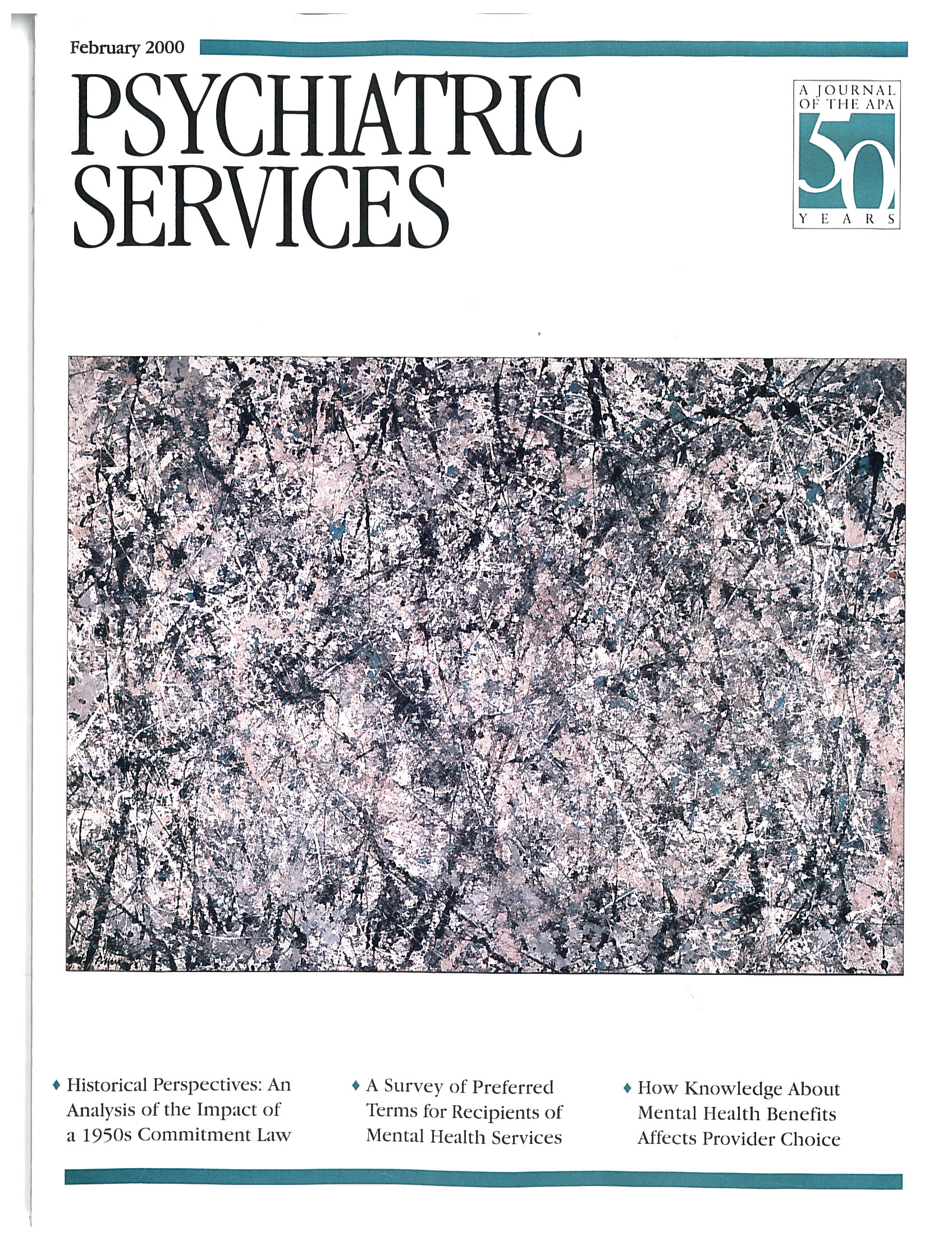Shorter Hospital Stays and More Rapid Improvement Among Patients With Schizophrenia and Substance Disorders
Abstract
OBJECTIVE: Length of stay and treatment response of inpatients with acute schizophrenia were examined to determine whether differences existed between those with and without comorbid substance-related problems. METHODS: The sample comprised 608 patients with a diagnosis of schizophrenia or schizoaffective disorder treated on hospital units with integrated dual diagnosis treatment. They were rated on admission and discharge by a psychiatrist using a structured clinical instrument. Patients with no substance-related problems were compared with those with moderate to severe problems using t tests, chi square tests, and analysis of variance. RESULTS: When analyses controlled for age, gender, and other clinical variables, dually diagnosed patients were found to have improved markedly faster compared with patients without a dual diagnosis. Their hospital stays were 30 percent shorter on both voluntary and involuntary units. They also showed somewhat greater symptomatic improvement and no increase in 18-month readmission rates. On admission the dual diagnosis group was more likely to be younger, male, and homeless and more likely to be a danger to self and others. Severity of psychosis was the same at admission for the two groups, but the dually diagnosed patients were rated as less psychotic at discharge. CONCLUSIONS: Dually diagnosed patients with schizophrenia appear to stabilize faster during acute hospitalization than those without a dual diagnosis. The authors hypothesize that substance abuse may temporarily amplify symptoms or that these patients may have a higher prevalence of better-prognosis schizophrenia. The availability of integrated dual-focus inpatient treatment and a well-developed outpatient system may also have helped these patients recover more rapidly.



